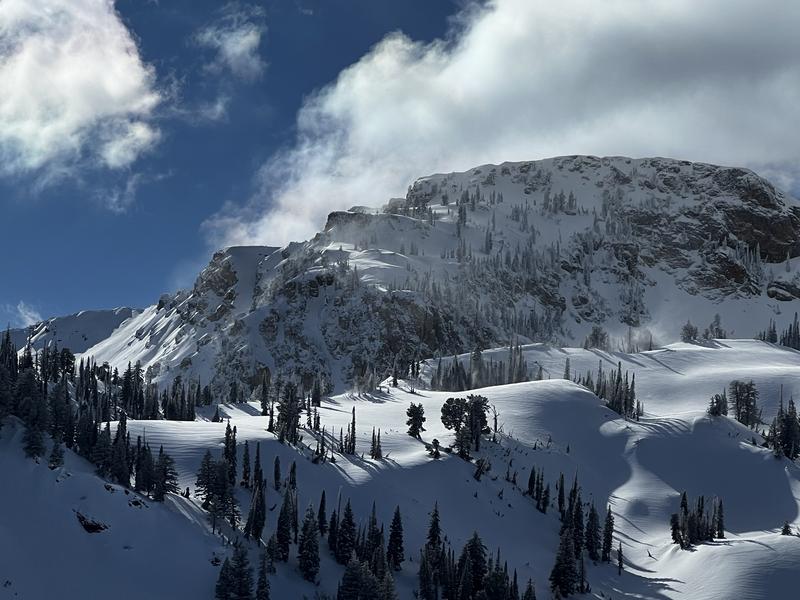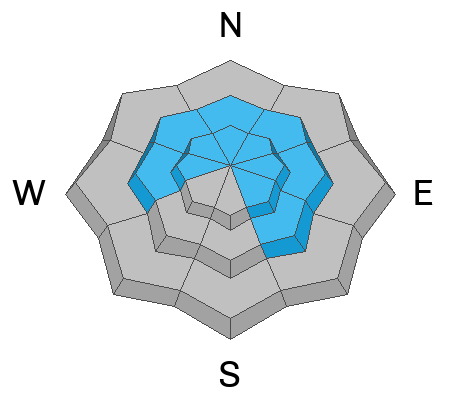Forecast for the Ogden Area Mountains

Issued by Greg Gagne on
Monday morning, February 5, 2024
Monday morning, February 5, 2024
The avalanche danger is CONSIDERABLE at the upper-elevation and MODERATE at the mid-elevations where triggering slabs of wind-drifted or storm snow are likely. Watch for cracking as a sign of instability. Avalanches may run fast and far on slick crusts underneath.
There is also a possibility of triggering a large and dangerous avalanche, particularly on steep mid and upper-elevation slopes facing west through north and southeast, due to a buried persistent weak layer. If one of these avalanches is triggered, it will break 3-5 feet deep and well over a hundred feet wide.
There is a LOW danger at low elevations.

Low
Moderate
Considerable
High
Extreme
Learn how to read the forecast here









